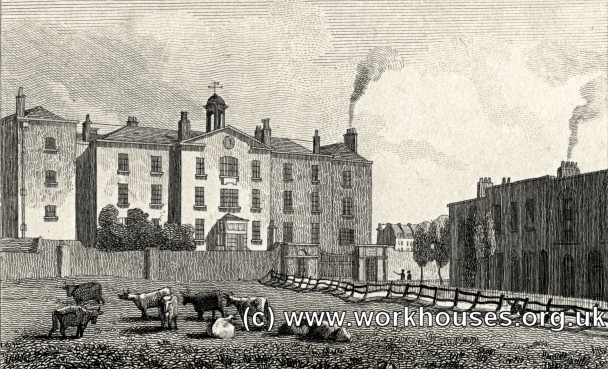The group photo below of the wedding day of Ewen Pearn and Edna Boulton on August 15, 1945 has always struck me as such a happy group of people. It was probably just an ordinary Wednesday "after haying and before the fall rye was ready to cut" that had been planned as a day for the two families to bless the union of their children but it ended up with then Prime Minister Mackenzie King saying:
"It's the greatest day in our history; no other day has meant so much"Thanks to their daughters Linda and Carole, let me tell "the rest of the story".
| Edna Kathleen Boulton was the eldest daughter of Thomas and Elsie (Bushby) Boulton. After graduating from Kinloss and Reston Schools, she took a teacher training course in Winnipeg and then taught at Kelvin, Glenallan and Blair. It was there she would have met handsome bachelor Ewen Pearn and their story began. |
 The wedding car may have belonged to Ewen's brother Walter and the decorations are amazing! We wonder if the writing was done with a grease pencil or some type, shoe polish or ? Zooming in helps read the writing - Mr. + Mrs. on the window, Just Married on the door, windshield and sun visor. The picture below shows "Help" on the passenger fender!
The wedding car may have belonged to Ewen's brother Walter and the decorations are amazing! We wonder if the writing was done with a grease pencil or some type, shoe polish or ? Zooming in helps read the writing - Mr. + Mrs. on the window, Just Married on the door, windshield and sun visor. The picture below shows "Help" on the passenger fender!
At 11:00, the Rev. Dr. Harvey presided over the wedding ceremony at the farm of the bride's parents and Ruth Boulton played the organ. The clipping from the paper says:
The bride looked charming in an afternoon dress of mid blue. Dainty pink blossoms held her blue waist length veil and her corsage was of pink roses.The groom's gift to the bride was a gold heart shaped locket and the bride's gift to the groom was a wrist watch.After the ceremony, a buffet luncheon was served to 35 guests and Edna changed into her going-away outfit - the deep coral dress pictured above. Edna and Ewen took the steam train to Winnipeg for their honeymoon and when they arrived the city would have been one big party! It was not in honour of the happy newlyweds however, it was V-J Day! Victory in Japan meant World War Two was all but over! The following Proclamation declaring August the 16th a civic holiday was found online at Manitobia on Page 2 of the Winnipeg Evening Tribune.

The couple stayed at the Clarendon Hotel across from Eaton's which was all decked out in bunting for the victory celebrations. One can imagine parades and the newspaper reports that 10 people detained for public drunkenness that night were freed as a victory gesture and six others being held were pardoned! Stores and offices were closed but reopened on Friday with the sales that day as found in the Tribune posted below.



Above left- little Randy with the Pearns and right - at their 50th Anniversay Celebration
Ewen and Edna celebrated 60 anniversaries together and are fondly remembered. Granddaughter Cheryl shared with me that Edna surprised everyone, including Ewen, by showing up for breakfast on the morning of their 60th anniversary in her wedding dress!
Mackenzie King was correct, the greatest day for so many.















